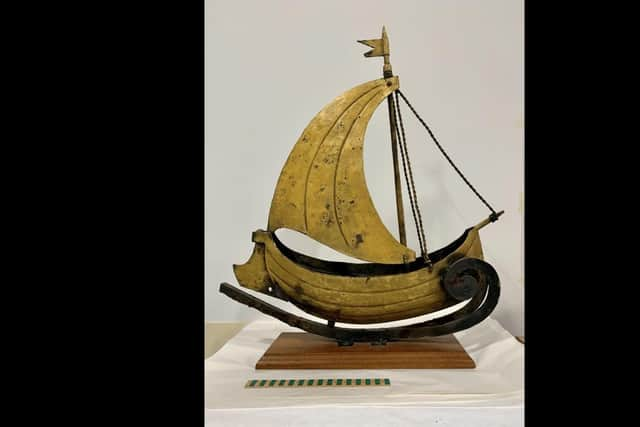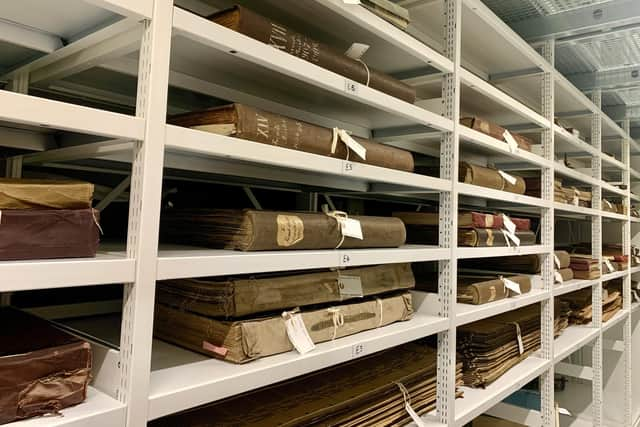The old Amazon warehouse where more than 80,000 Scottish museum pieces are now being unwrapped
But dating from long before the surge in internet shopping and instant consumer fixes, the objects tell the long story of Fife’s past and its people, from those who navigated its rich seafaring history to the people who stoked its proud industrial might over more than 200 years.
The former Amazon warehouse, once leased by the conglomerate and then bought by Fife Council, is today home to a team of museum curators now immersed in the “monumental process” of fully researching and digitally recording each of the items in the vast collection found in its stores.
Advertisement
Hide AdAdvertisement
Hide AdFife Council ultimately owns around 120,000 items in its museum collection with 80,000 now in the vast store. The objects, which have largely been donated by the public and businesses, were moved to Glenrothes from five separate museum stores five years ago.
Jane Freel, collections curator, said: “Around 1,100 objects have been carefully unwrapped so far. The collection covers lots of different aspects of life in Fife, particularly its industrial heritage, such as linen and lace samples from the Dunfermline factories and items from the linoleum factories, most of which closed in the 1960s when we were given a lot of material.
"These places had a huge impact on people’s lives, it was where people worked and they also played a big role in how people spent their time out of work through recreation organised by employers.”
One collection highlight is a time clock used by workers at Nairn’s linoleum factory. It remains the only surviving manufacturers out of seven once active in Kirkcaldy, where the industry employed a tenth of adult residents at its peak in 1914.
Remnants of Fife’s linen and silk industry can be found in sample books produced by several cloth manufacturers, including Hay & Robertson, a major player in Dunfermline’s world leading role in the production of table linen in the 19th Century, when a series of steam powered mills started to define the city.


Meanwhile, a pair of wellington boots, issued by the National Coal Board and still covered in dust, help to represent Fife’s deep mining history. As the industry expanded with the growth of the East Fife coalfield, the new town Glenrothes was created in 1948, with the huge telephone exchange built for the Glenrothes Development Corporation as it masterminded this brave new world now in the collection.
Ms Freel added: “This kind of item is great for kids and helps them relate to what came before, not that long ago.”
Fife’s maritime heritage is told through hundreds of items, including the dressing chest of Samuel Greig, the Inverkeithing-born admiral of the Russian navy who was decorated by Catherine the Great in the 18th Century. A beautiful 19th Century sign from a ship’s chandlers in Methil can also be found.
Advertisement
Hide AdAdvertisement
Hide AdCollections staff have been working with colleagues in OnFife’s Archives & Local Studies to gain fresh insights into objects and their past owners.


Ms Freel added: “That’s such a vital part of the work we are doing because behind every item lies a human story. We are honouring people’s lives as much as the objects they left behind.”
The public will be able to access items through appointments and organised tours.